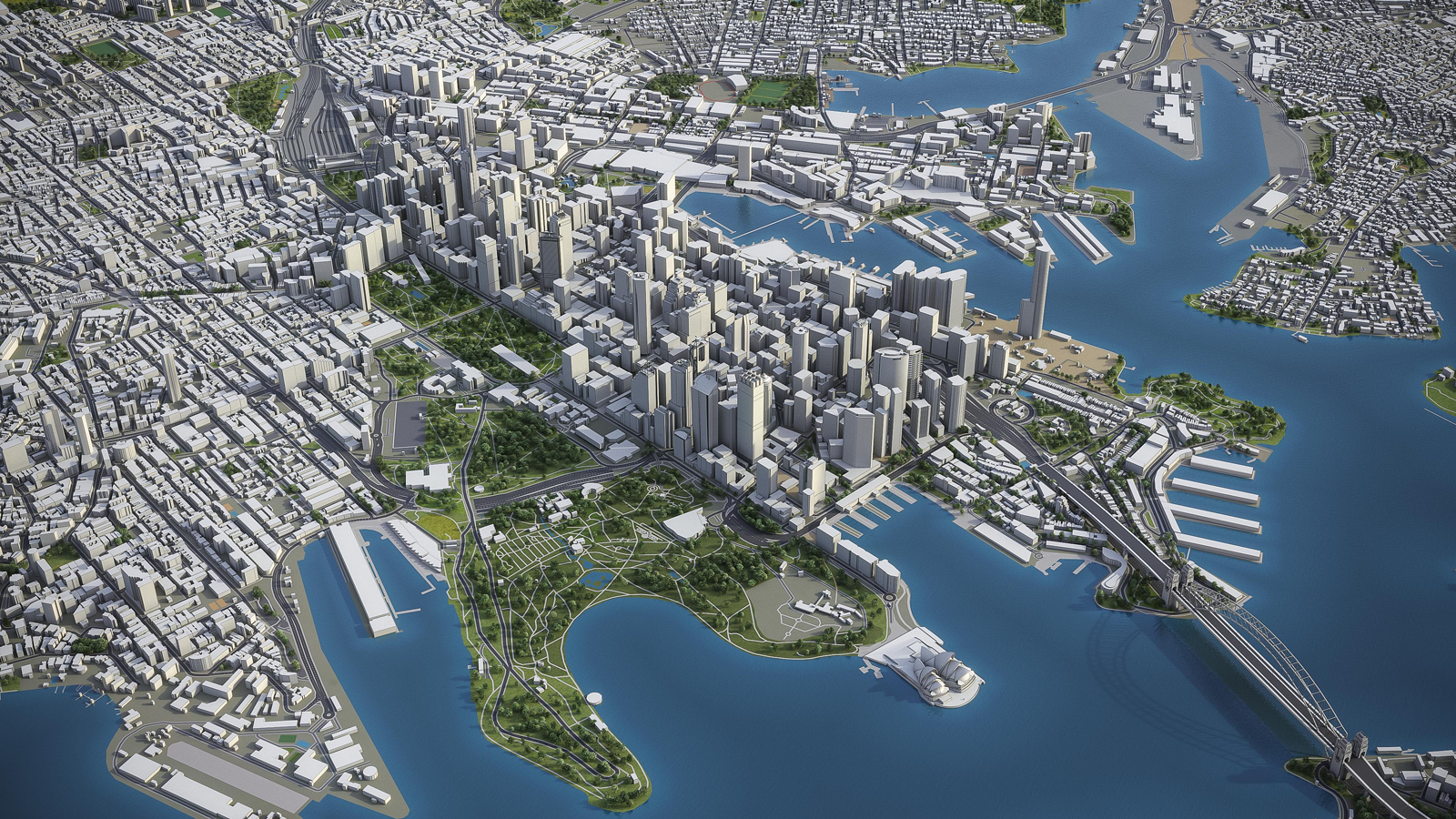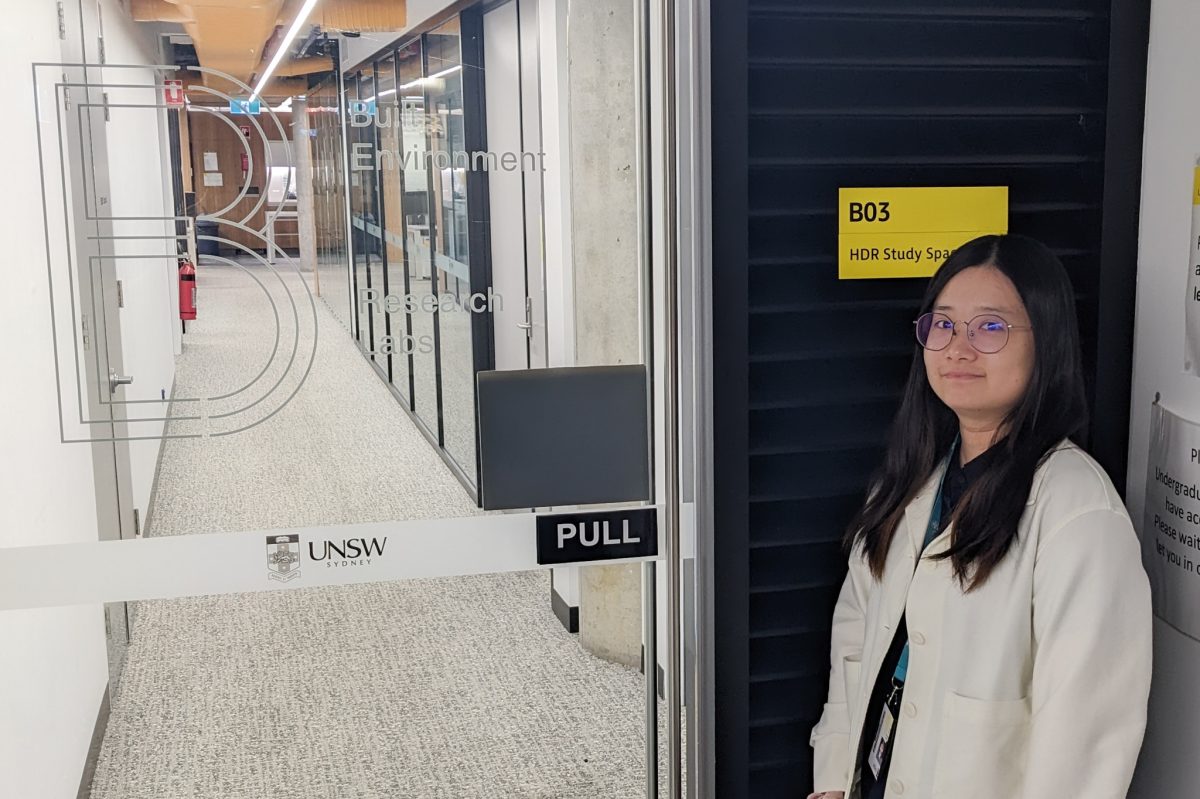Challenge Urban development has evolved beyond traditional two-dimensional planning, embracing vertical and volumetric growth to accommodate expanding populations and complex spatial demands. However, existing urban planning tools often fall short in addressing how social and economic factors influence the dynamic use of three-dimensional floor space across mixed-use developments. This gap limits the effectiveness of strategies aiming to optimise space in increasingly dense urban environments.
Solution This research introduces an analytical model framework grounded in the principles of Volumetric Urbanism. The framework is designed to evaluate and predict 3D floor space use changes in response to shifting social and economic conditions. By integrating spatial data with socio-economic indicators, the model supports the development of smart, adaptive, and sustainable strategies for urban floor space management. It enables planners and policymakers to better understand and guide the distribution and intensity of uses within complex urban volumes.
Impact The implementation of this volumetric analytical model offers a novel approach to urban planning, facilitating more informed decision-making in the design of mixed-use developments. It supports the creation of urban environments that are not only space-efficient but also socially responsive and economically resilient. By advancing the concept of Volumetric Urbanism, this research contributes to a new frontier in smart city planning and sustainable urban development.










